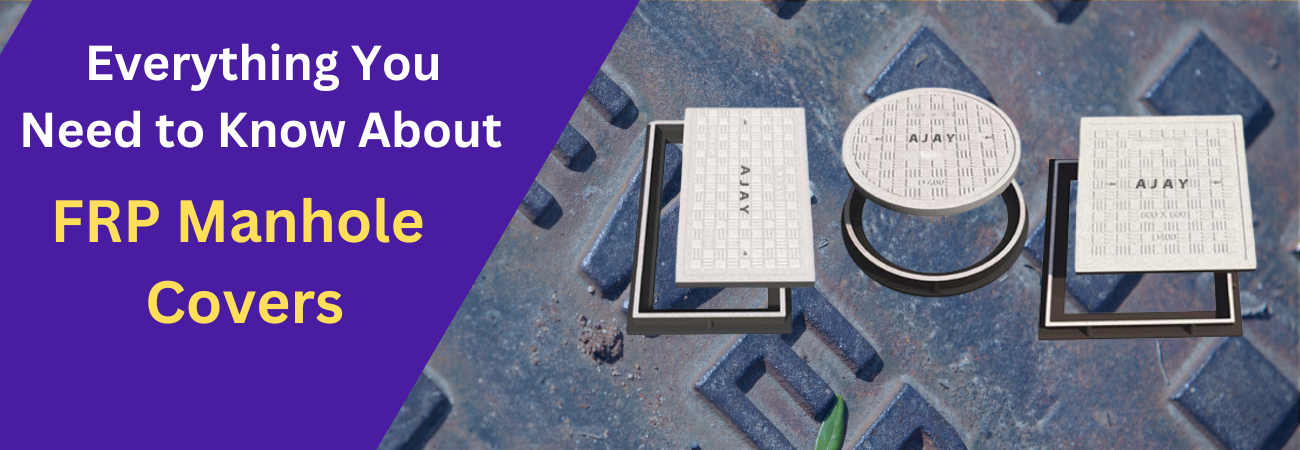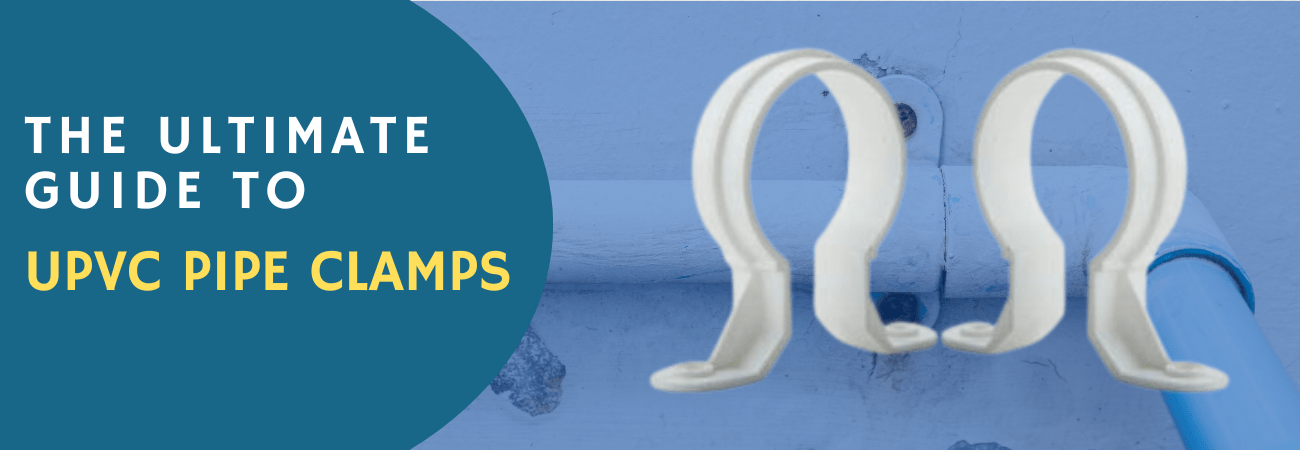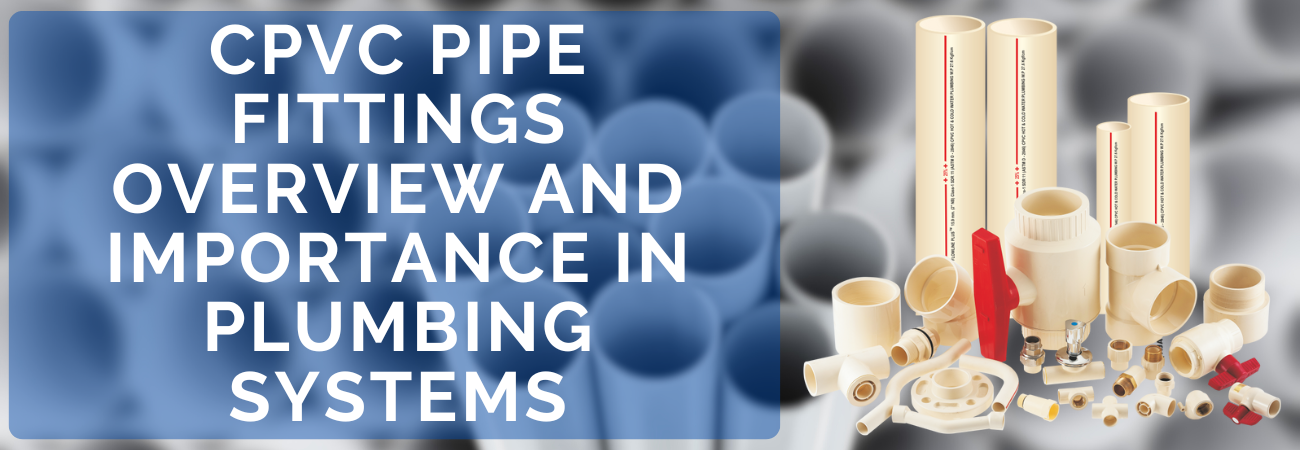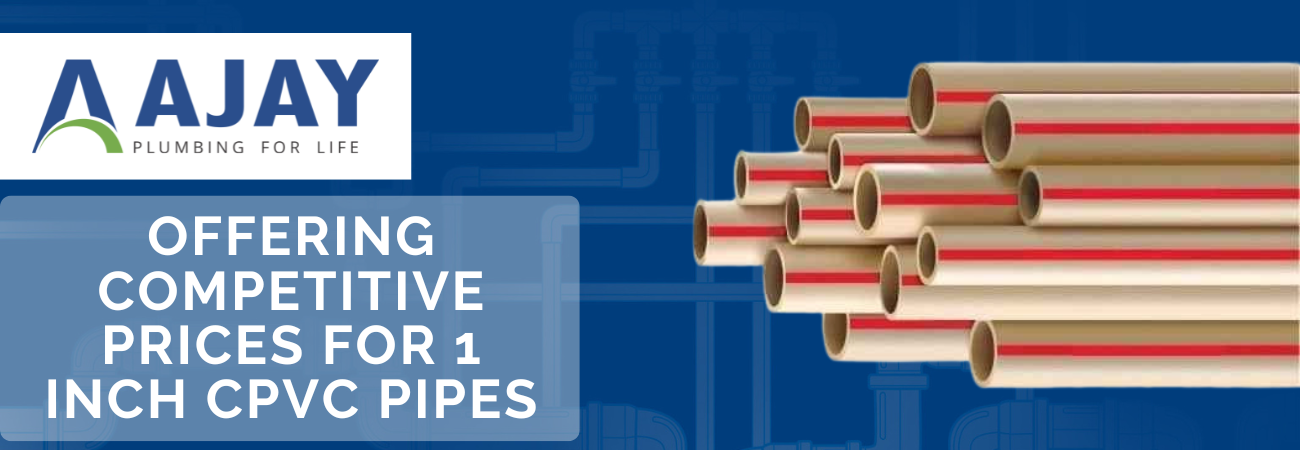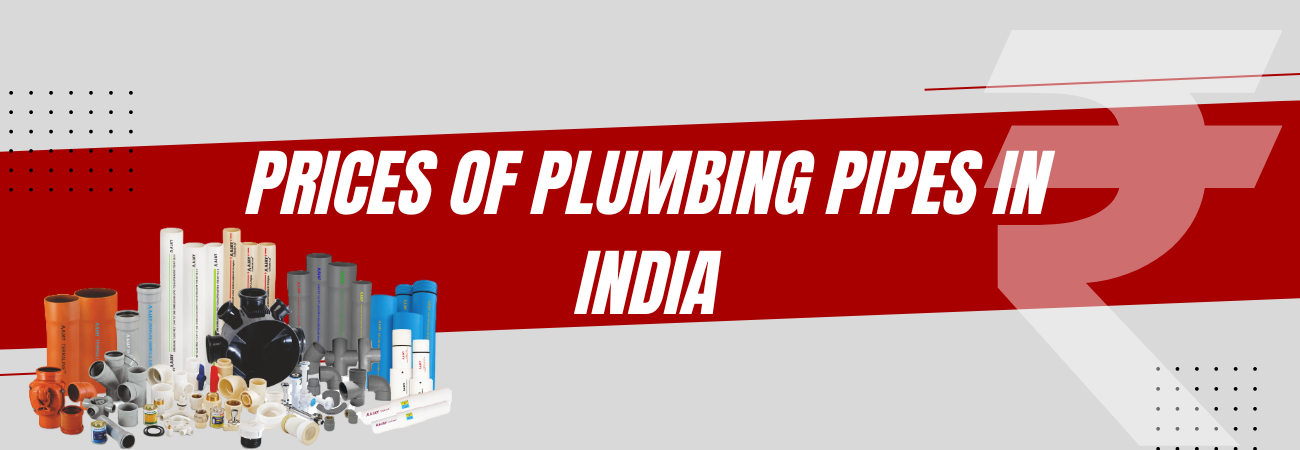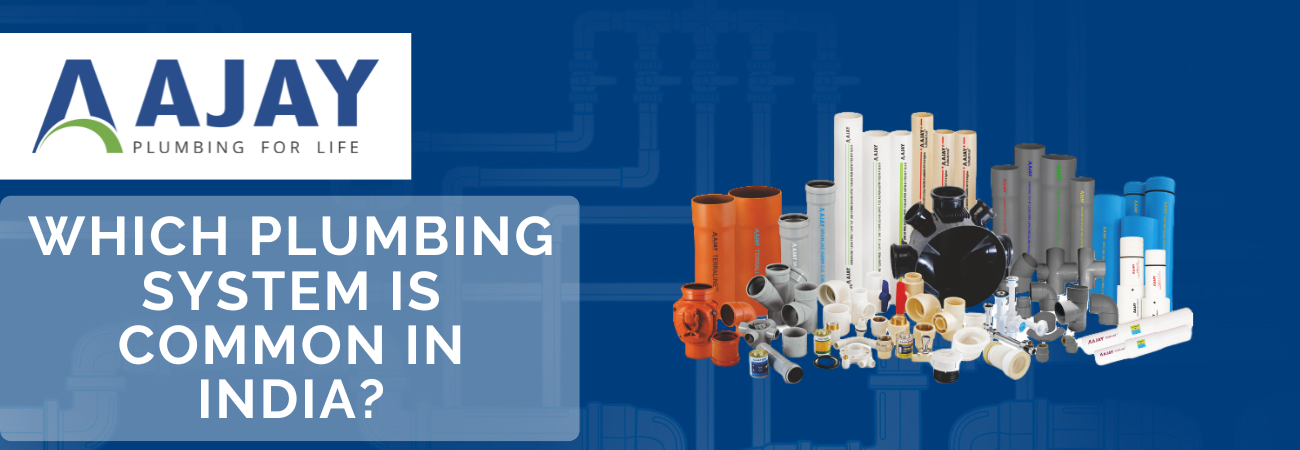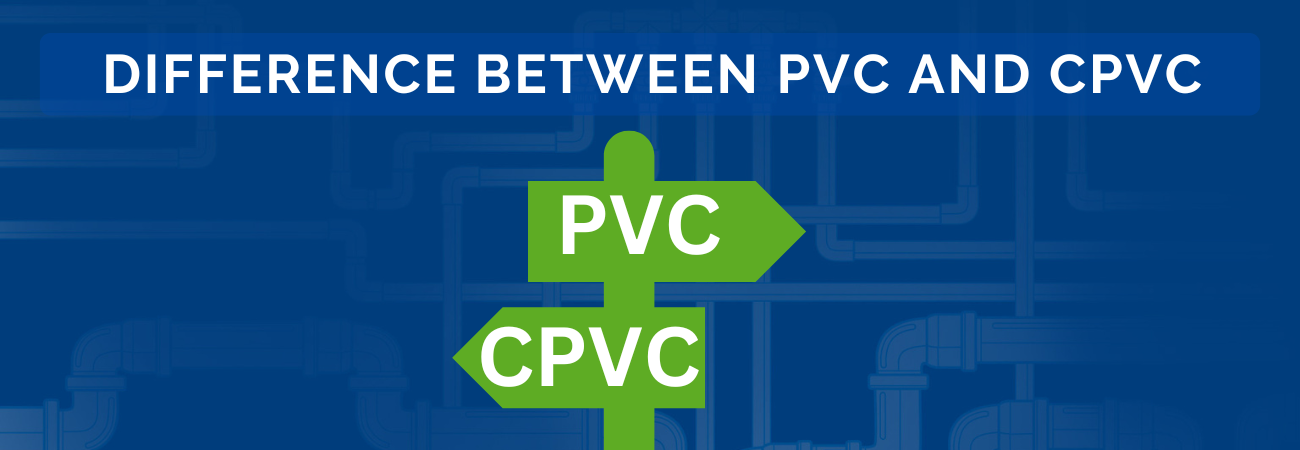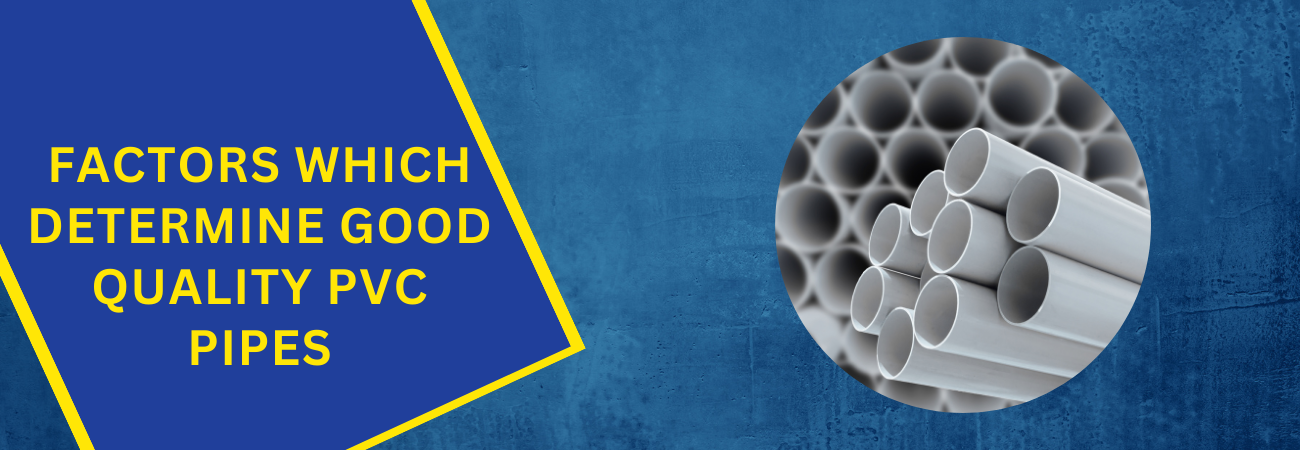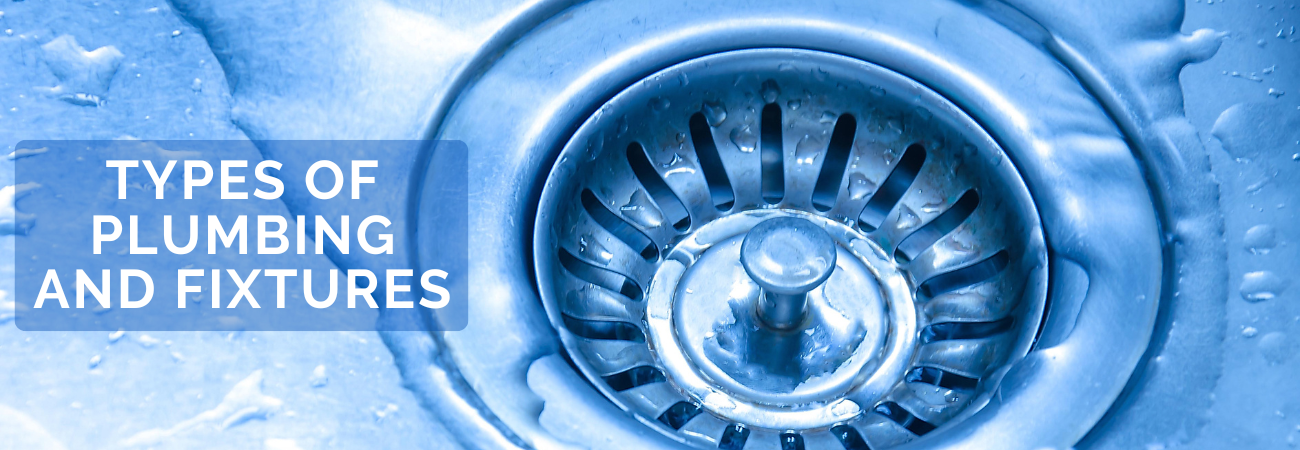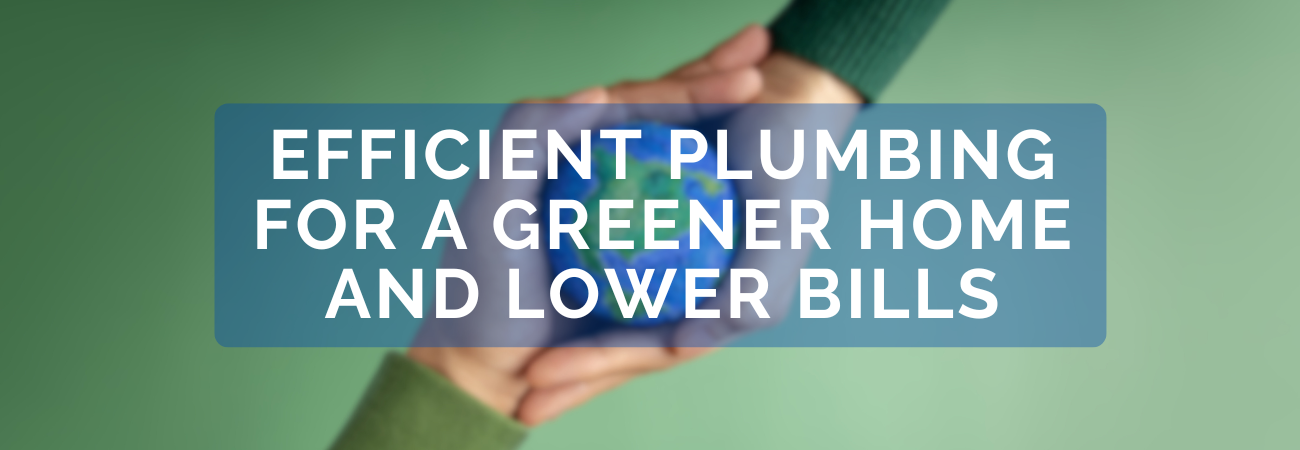Introduction
In the realm of pest control, multi-floor traps play a vital role in maintaining cleanliness and safety in multi-level buildings. Whether it’s a residential complex, a commercial office building, or an industrial facility, managing pests across several floors poses unique challenges. This comprehensive guide will delve into what multi-floor traps are, how they function, their benefits, and best practices for their use, ensuring that you can effectively safeguard your property from pest infestations.
What Are Multi-Floor Traps?
Multi-floor traps are specialized pest control devices designed to manage and capture pests across multiple levels of a building. Unlike single-floor traps that are often used in smaller spaces, multi-floor traps are part of an integrated pest management (IPM) strategy aimed at controlling pests in larger, more complex structures. These traps are strategically placed on each floor to create a network of pest control that spans the entire building, preventing pests from moving freely between floors and causing widespread infestations.
Types of Multi-Floor Traps
There are various types of multi-floor traps, each tailored to capture different kinds of pests, from rodents to insects:
Mechanical Traps
Mechanical traps are among the most commonly used devices in pest control. These traps physically capture pests using mechanisms such as snap traps, which are effective for rodents, or glue boards that can trap insects. They are often placed in areas where pests are likely to travel, such as along walls or near food sources.
Electronic Traps
Electronic traps use advanced technology to detect and capture pests. These traps may use sensors to detect movement or body heat, triggering the trap to capture the pest. Some electronic traps are designed to be non-lethal, using electric currents to immobilize the pest without killing it, allowing for humane release if desired.
Bait Stations
Bait stations are another popular option, especially for controlling rodents and insects. These stations lure pests with bait, often containing poison or a sticky substance that traps the pest inside. Bait stations are highly effective when placed strategically across multiple floors, particularly in areas where pests are most likely to forage.
Monitoring Traps
Monitoring traps are designed to detect the presence of pests rather than capture them outright. These traps are essential for early detection, allowing pest control professionals to identify problem areas and take action before an infestation spreads. Monitoring traps often use pheromones to attract insects, making them particularly useful in detecting insect infestations.
How Do Multi-Floor Traps Work?
The effectiveness of multi-floor traps lies in their strategic placement and the way they integrate into a broader pest management system. Here’s how they typically work:
Strategic Placement
The key to effective multi-floor trapping is the strategic placement of traps on every level of the building. Traps should be positioned in areas where pests are most likely to enter, travel, or nest. Common locations include stairwells, basements, utility rooms, kitchens, and storage areas. By covering all potential entry points and pathways, it prevent pests from moving between floors, effectively containing any infestations.
Integrated Pest Management (IPM) Approach
Multi-floor traps are often used as part of an Integrated Pest Management (IPM) approach. IPM is a comprehensive strategy that combines multiple methods of pest control, including mechanical traps, chemical treatments, and environmental modifications, to manage pest populations with minimal risk to humans and the environment. Multi-floor traps play a crucial role in IPM by providing continuous monitoring and control across the entire building.
Regular Monitoring and Maintenance
For multi-floor traps to remain effective, regular monitoring and maintenance are essential. Traps should be checked frequently to ensure they are functioning correctly and to remove any captured pests. This not only helps maintain the trap’s effectiveness but also prevents the buildup of dead pests, which could attract more pests or create sanitary issues.
Benefits of Using Multi-Floor Traps
The use of multi-floor traps offers several significant advantages, making them a vital component of any pest management strategy for large buildings:
Comprehensive Coverage
One of the primary benefits of multi-floor traps is the comprehensive coverage they provide. By placing traps on every floor, you ensure that no area of the building is left unmonitored. This is especially important in large buildings where pests can easily migrate from one floor to another, potentially spreading an infestation throughout the entire structure.
Early Detection of Pest Activity
Multi-floor traps are crucial for early detection of pest activity. Since these traps are positioned across multiple levels, they can quickly identify the presence of pests before they become a widespread issue. Early detection allows for prompt action, reducing the risk of a full-blown infestation and minimizing the potential damage to the building and its occupants.
Targeted Pest Control
Another advantage of multi-floor traps is the ability to target specific areas of the building where pest activity is highest. By focusing efforts on problem areas, such as basements or kitchens, pest control professionals can more effectively manage the pest population. This targeted approach also helps reduce the need for widespread chemical treatments, which can be costly and potentially harmful to the environment.
Enhanced Safety and Hygiene
Rodents and insects can carry diseases, contaminate food, and cause damage to the building’s infrastructure. By using multi-floor traps, you can significantly enhance the safety and hygiene of the building, protecting both the property and its occupants.
For any queries, contact the plumbing experts at Ajay pipes on the Toll Free No. : 1800-11-4050 or via email at our email address info@ajaypipes.com


